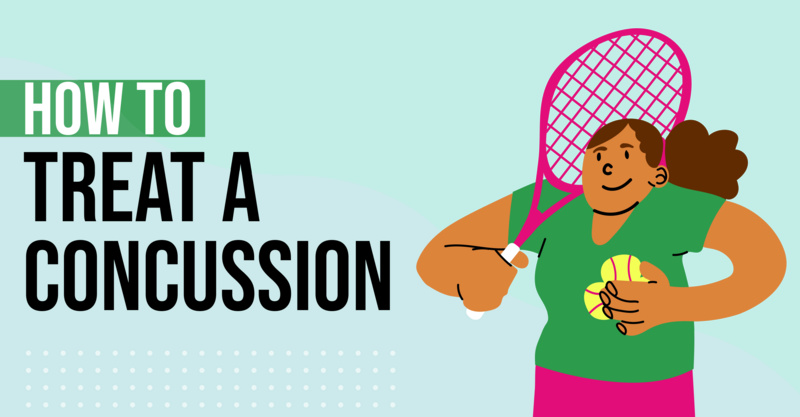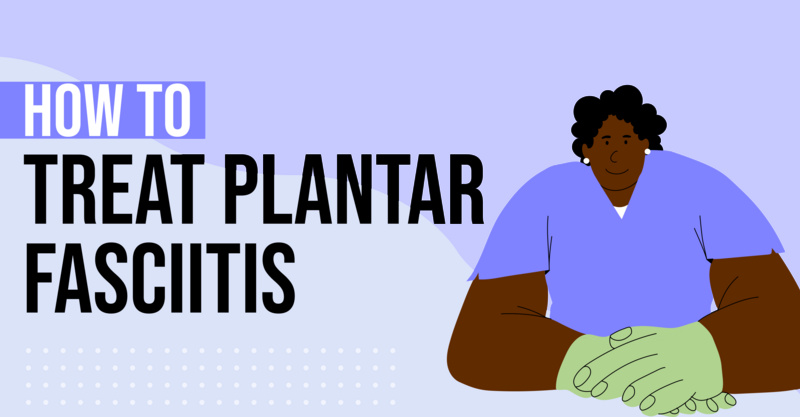Key Points
- Joint subluxation is a condition where a joint partially dislocates, causing symptoms such as pain, swelling, stiffness, weakness, numbness, and difficulty moving the joint.
- Common causes of joint subluxation include sports injuries, falls, car accidents, chronic joint problems, and strokes.
- Regular physical activity and maintaining proper athletic form can help prevent this condition.
- Treatment options for joint subluxation range from closed reduction and surgery to immobilization, medication, and physical therapy.
- During a consultation, a doctor may ask about the onset of symptoms, athletic activities, recent injuries or accidents, and past joint problems.
Possible Symptoms for Joint Subluxation
Subluxation is the medical term for a partial dislocation of one of the joints in your body. Symptoms may include:[1]
- Joint pain
- Joint swelling
- Joint stiffness
- Joint weakness or instability
- Numbness or tingling
- Trouble moving the joint
Joint subluxation usually results from a sports injury or auto accident.[2] Any joint in your body can become dislocated, but joint subluxation is particularly common in the shoulders, knees, and elbows.
Top 5 Joint Subluxation Causes
1. Sports injuries
Sports injuries are a common cause of joint subluxation.[1] Frequent overexertion can cause traumatic injury to the joints in your body. Repetitive motion, like throwing a baseball or swinging a golf club, can also increase your risk of dislocating a joint.[3] Professional athletes are at a higher risk for joint subluxation.
2. Falls
Among older adults, falls are a leading cause of injury. Often, falls that cause joint subluxation can trigger intense, immediate pain. You may hear a cracking, snapping, or popping sound from the affected joint.[2]
3. Car accidents
Car accidents frequently cause joint injury or trauma. A serious car crash may damage several different joints in your body.[2]
4. Chronic joint problems
Chronic medical conditions can sometimes affect the health of your joints. Over time, these conditions may weaken the tissue in your joints and make you more vulnerable to joint subluxation. In particular, Ehlers-Danlos Syndrome can make your joints very loose and prone to dislocation.[5]
5. Stroke
A stroke can cause muscle weakness around certain joints. Repeated strokes can significantly increase your risk of joint subluxation.[1]
2 Ways to Prevent Joint Subluxation
1. Stay active
Regular physical activity can keep your joints healthy and limber. Daily exercise can also help build muscles that support your joints. Many forms of exercise can also improve your balance and reduce your risk of falling. Reducing the risk of falls is especially crucial for older adults.[4]
2. Get athletic advice from a coach, personal trainer, or physical therapist
If you're a professional or aspiring athlete, the proper athletic form is essential. Your coach or trainer can show you how to protect your joints and reduce your risk of sports injuries.
Possible Joint Subluxation Treatment Options
1. Closed reduction
If you dislocate one of the joints in your body, your doctor may perform a procedure called a closed reduction. During this procedure, your doctor rotates the affected joint to gently shift the bone back into the socket.[1] This procedure can sometimes be painful. Your doctor can provide you with an anesthetic to make you more comfortable.
2. Surgery
Doctors are often able to correct a joint subluxation through a simple closed reduction, but if you often dislocate the same joint, surgery can provide a more permanent solution. Surgery can also help repair extensive joint damage resulting from a serious accident or sports injury.[1]
3. Immobilization
After your doctor or surgeon puts the joint back in place, you may need to use a splint or brace. These devices keep your joint immobile while it heals. Your doctor may recommend wearing your device for several weeks. During this period, you will need to keep the joint still.[1]
4. Medication
Pain relievers can help keep you comfortable while your joint heals.[1] Your doctor may suggest using over-the-counter medications or prescription painkillers. It's important to take these medications as directed by your physician. Taking more than the recommended dose can put your health at risk. If your current medication isn't providing enough pain relief, ask your doctor for advice.
5. Physical therapy
Physical therapy can help speed up the healing process and restore healthy joint function.[1] During physical therapy, your therapist will guide you through a series of exercises designed to improve your flexibility and strengthen your joints. Working with a physical therapist may also prevent future joint problems.[1]
Questions Your Doctor May Ask About Joint Subluxation Treatment
- When did your symptoms begin?
- Are you an athlete? What sports do you take part in?
- Did you recently injure the affected joint?
- Were you recently involved in any kind of accident?
- Have you had joint problems in the past?
- Have you ever dislocated a joint before?
- What are you currently using for pain relief?
Frequently asked questions
What is joint subluxation?
Joint subluxation is a medical condition where a joint partially dislocates, leading to symptoms like pain, swelling, and difficulty in moving the joint.What are the common causes of joint subluxation?
Joint subluxation is commonly caused by sports injuries, falls, car accidents, chronic joint problems, and strokes.How can joint subluxation be prevented?
Regular physical activity and maintaining proper athletic form can help in preventing joint subluxation.What are the treatment options for joint subluxation?
Treatment options for joint subluxation include closed reduction, surgery, immobilization, medication, and physical therapy.What questions might a doctor ask during a consultation for joint subluxation?
A doctor may ask when the symptoms began, if the patient is an athlete or has had a recent injury or accident, and if they have had any joint problems in the past.What are the symptoms of joint subluxation?
Symptoms of joint subluxation include joint pain, swelling, stiffness, weakness, numbness, and trouble moving the joint.Can joint subluxation be caused by a stroke?
Yes, strokes can cause joint subluxation, along with other factors like sports injuries, falls, and car accidents.Is surgery always required to treat joint subluxation?
No, surgery is not always required. Treatment options can also include closed reduction, immobilization, medication, and physical therapy.
Solv has strict sourcing guidelines and relies on peer-reviewed studies, academic research institutions, and medical associations. We avoid using tertiary references.









